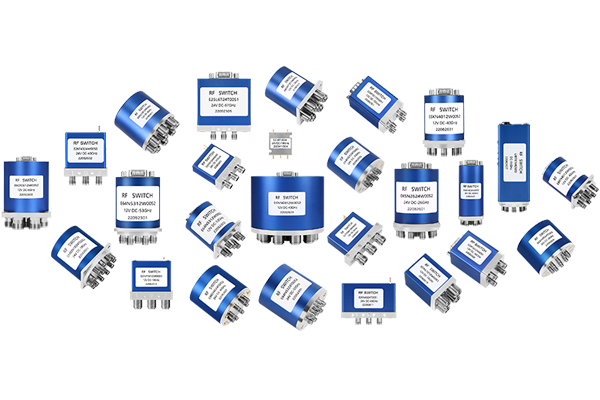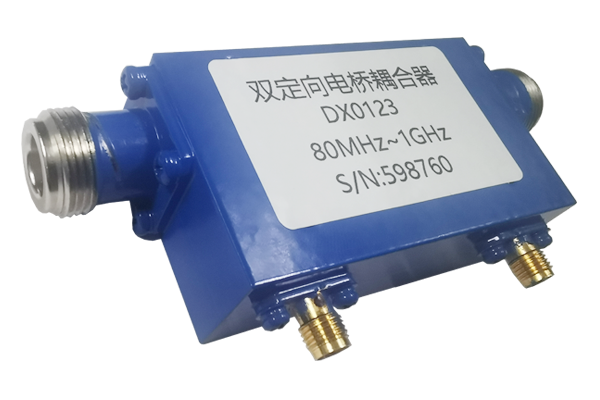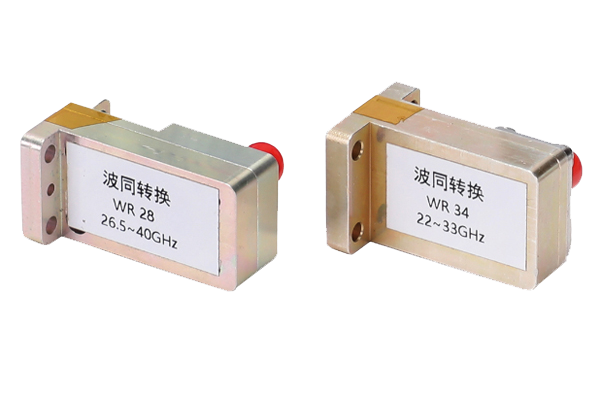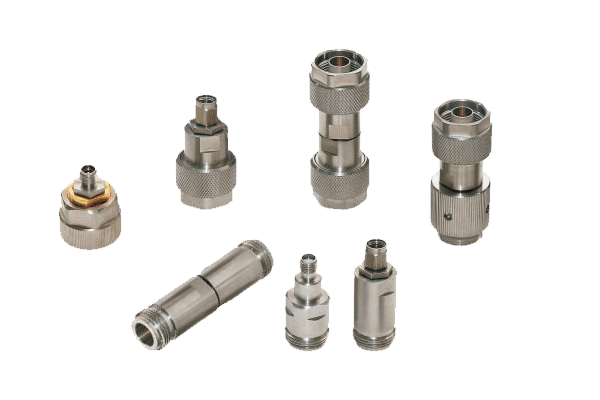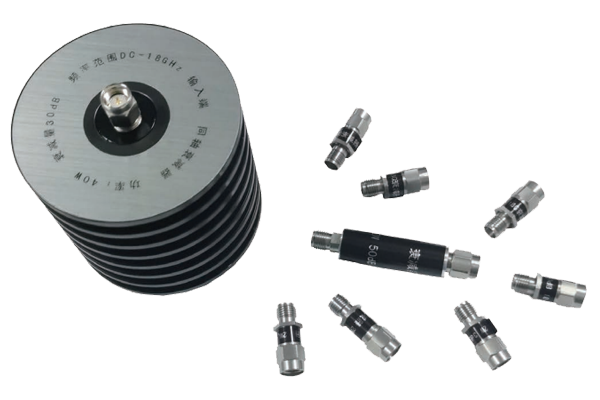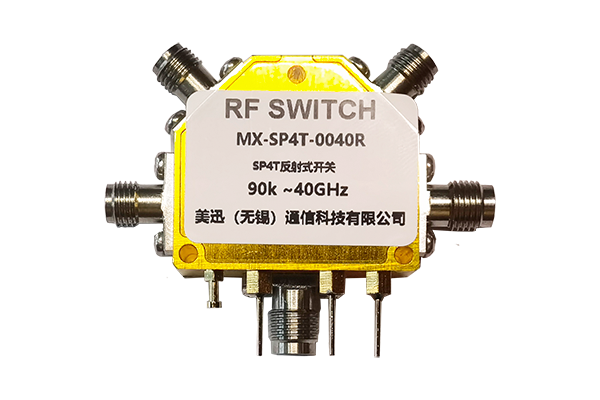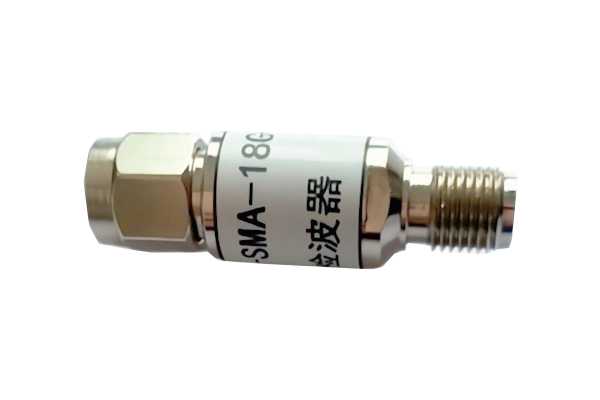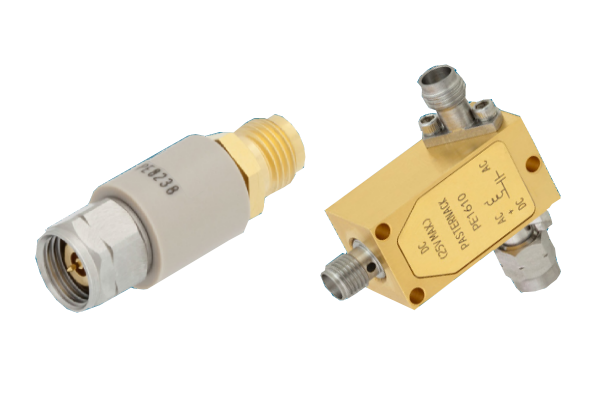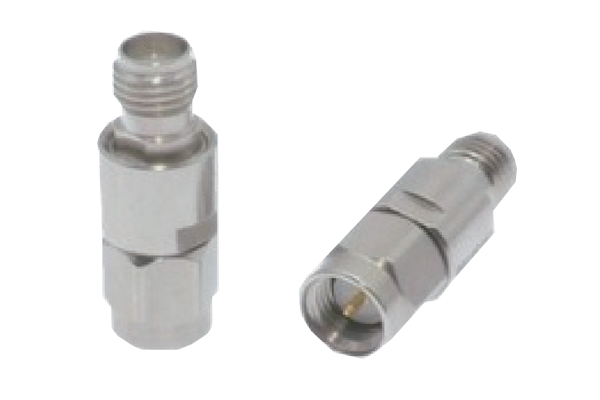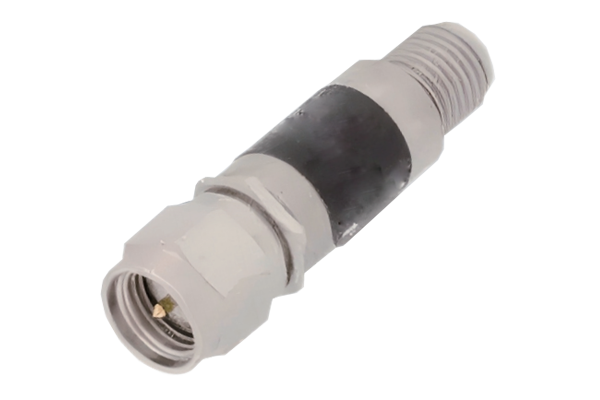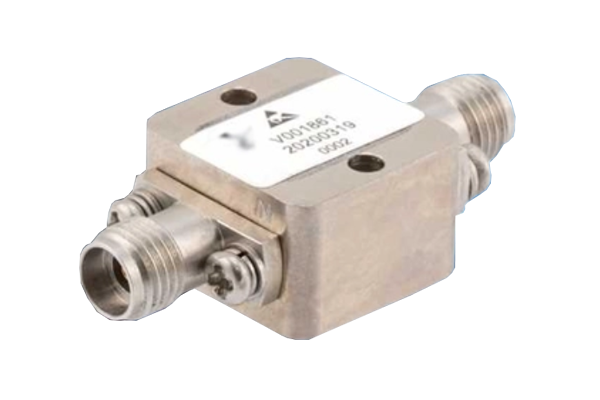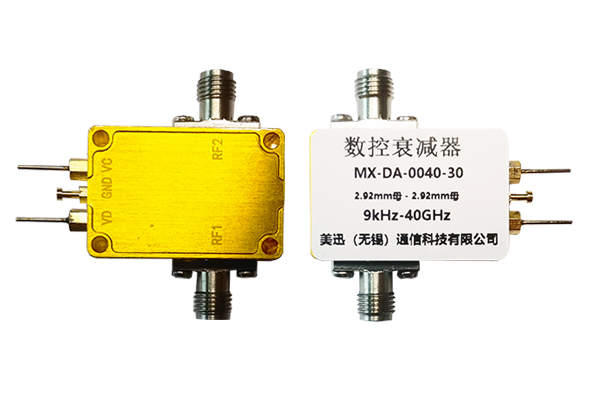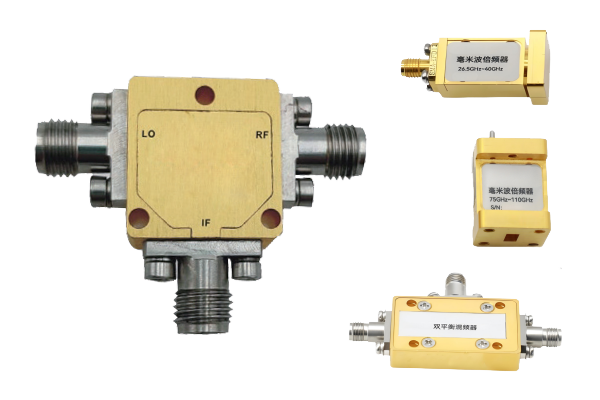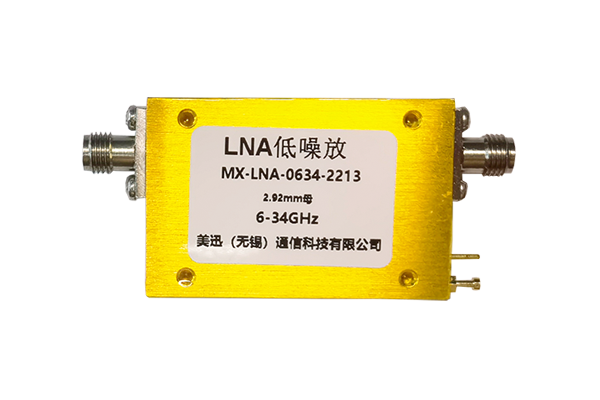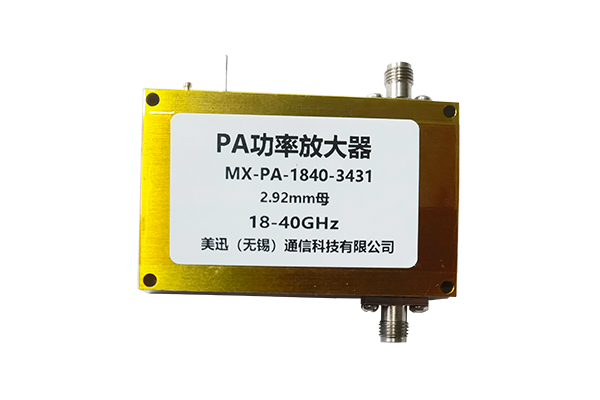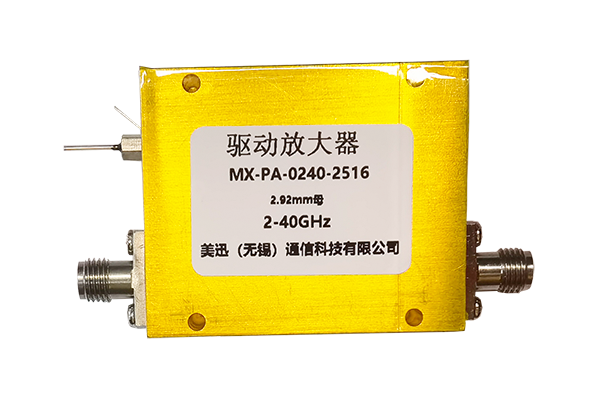How to choose coaxial switches with different interface types
Consider the application scenario and frequency range:
Low-frequency application: If it is working in a low frequency band (such as DC - 4GHz), a coaxial switch like a BNC interface is a more appropriate choice. It has the advantages of simple structure and low cost, can meet the needs of general low-frequency signal transmission, and is often used in some test equipment or low-frequency communication systems that do not require high frequency.
High-frequency application: For high-frequency or even microwave bands, such as DC-18GHz or higher frequencies, SMA interface coaxial switches are more commonly used. They can maintain good electrical performance at higher frequencies and achieve low-loss and high-isolation signal transmission. They are widely used in microwave communications, radar and other fields. If the operating frequency reaches DC-50GHz, you need to choose a coaxial switch with a 2.9mm connector to meet the precise transmission requirements of ultra-high frequency signals.
Pay attention to connection characteristics and reliability:
Connection method: The coaxial switch with N-type interface has a threaded connection method, which is firm and reliable. It is suitable for use in occasions where frequent connection and disconnection are required. At the same time, it can withstand a certain amount of tension and torque, and is not prone to poor contact. It is often used in outdoor communication equipment, large-scale RF systems, etc. The SMA interface is a push-in connection, which is easy and quick to operate. It is suitable for use in laboratories and other environments where equipment or connections need to be quickly replaced, but care should be taken to avoid excessive plugging and unplugging to cause interface wear.
Sealing: In some harsh environments, such as humid and dusty places, it is necessary to select an interface type with good sealing, such as a coaxial switch with a TNC interface. Its structure is relatively compact and has good sealing, which can effectively prevent water vapor, dust, etc. from entering the interior to affect signal transmission, and ensure the stable operation of the equipment in harsh environments.
Based on other requirements of the system:
Power capacity: If the RF power in the system is large, it is necessary to select an interface type that can withstand the corresponding power. Generally speaking, the power capacity of the N-type interface is relatively large, which can meet the transmission requirements of high-power signals and can be used in equipment such as high-power transmitters.
Size and weight restrictions: In some occasions with strict space and weight requirements, such as aerospace and portable devices, it is necessary to select an interface type with small size and light weight, such as a coaxial switch with an SMA interface, to reduce the size and weight of the equipment and improve the portability and performance of the equipment.



